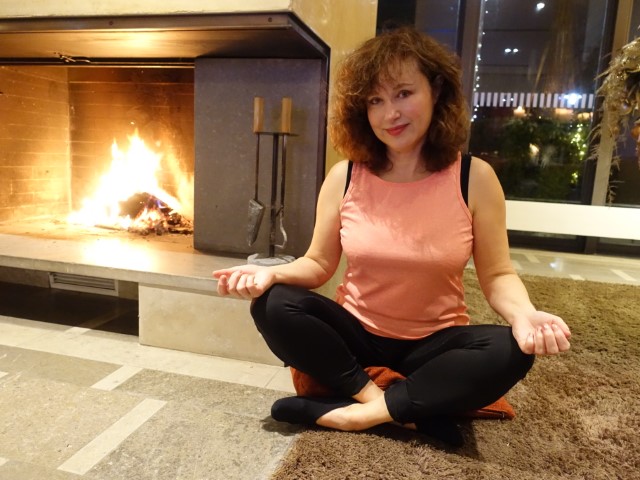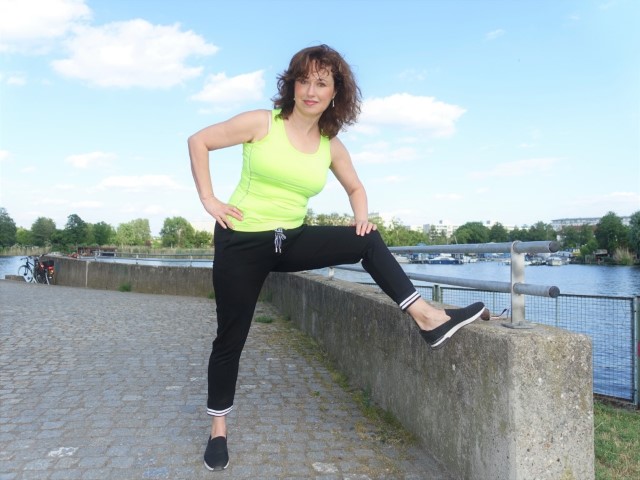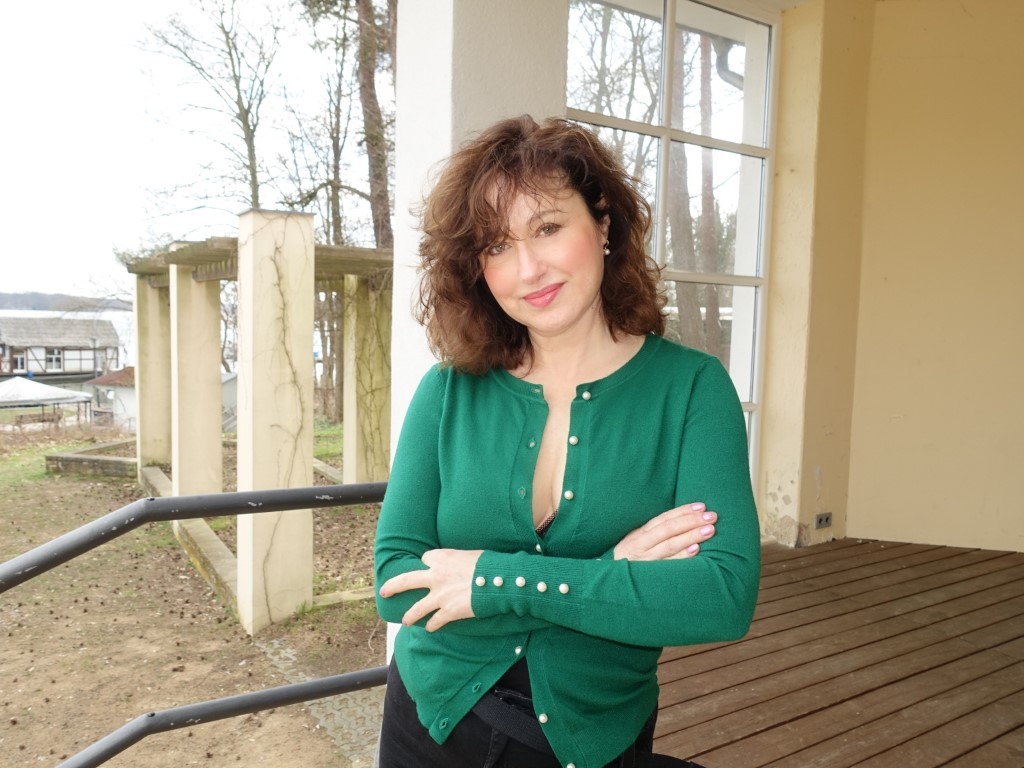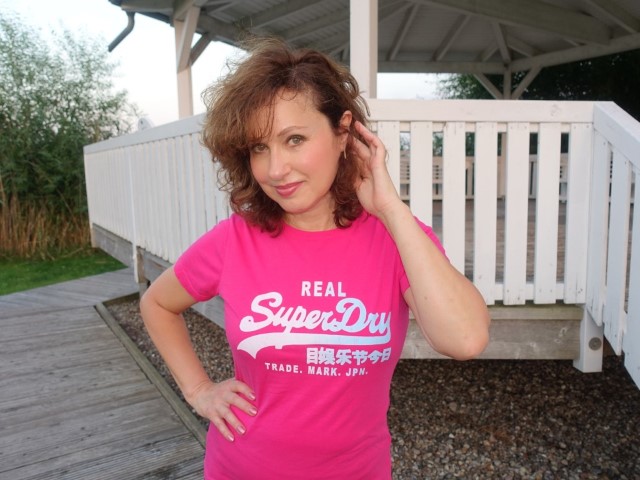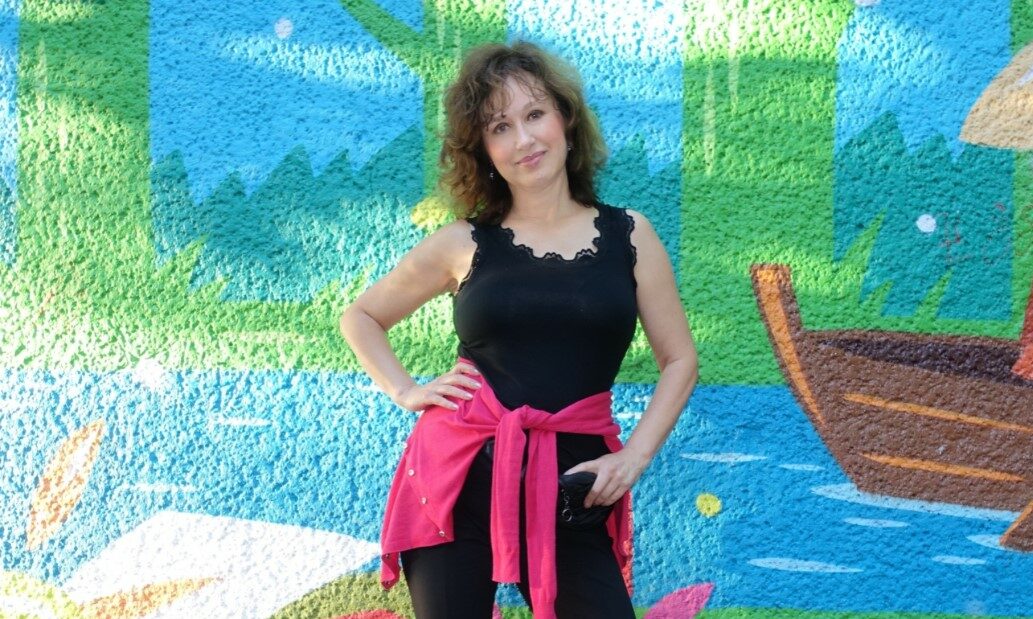The term “spirituality” comes from the Latin word “spirit” – and means “spirituality” or “inner life”.
In our materialized life there is unfortunately little space for questions of spirituality, at most on days like before Christmas.
Nevertheless, it is expressed in different directions of belief: within a religion, a community of interests or in intellectual debates with the world and oneself.
The latter aspect is particularly interesting because it is about individual attitudes towards life and beliefs.
If the world around us is constantly changing and sometimes appears threatening to us, then it is high time for inner contemplation in order to find stability.
Believing in the higher meaning of creation and that we cannot control everything, we come to inner strength. It gives us strength to change things that we can change or to accept things that cannot be changed.
“You are what you think” – this is why “Mind Care” is so important to control of own thoughts! TAKE CONTROL OF YOUR THOUGHTS!
Spirituality brings inner serenity with it, which allows us to go through life more relaxed and joyful.
How does one come to an effective spirituality?
Here I’d like to share with you my 6 personal approaches to more spirituality in your life:;
- Connect yourself spiritually with something big – an idea, a movement, belief in a higher, protective power or in the eternal cycle of nature and so on …
2. Meditate regularly – ideally twice a day for 15 minutes, in order to be “in here and now” with yourself
3. Think “good” about yourself and other people, use positive thoughts like “I’m good enough” or “everyone tries their best”
4. Define difficult life situations as challenges, try to see opportunities and what you can learn from certain experiences
5. Find your own life vision and bring it to your mind as often as possible. This will help you to pursue specific goals and implement them.
6. Learn the gratitude – write every evening 3 things, you are thankful for.
I wish you much success!
Voilà!

